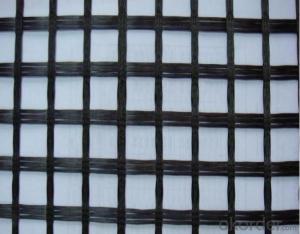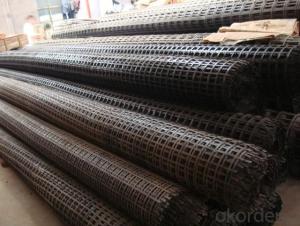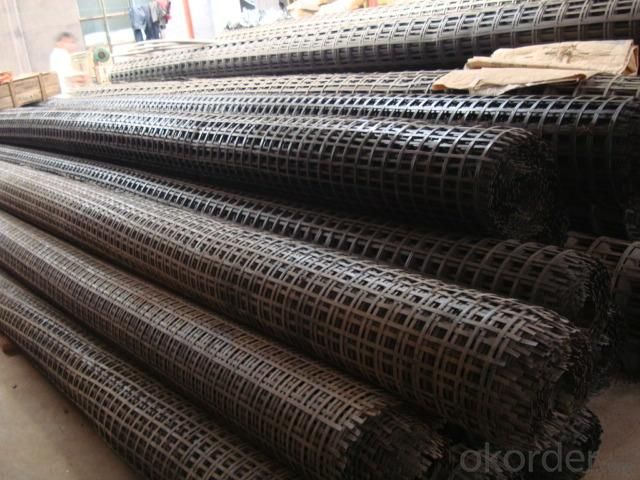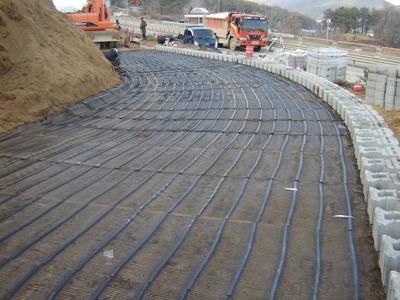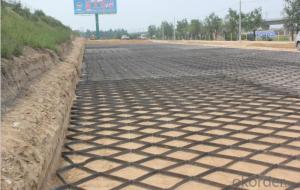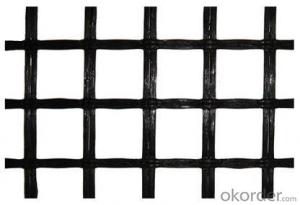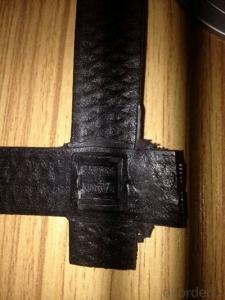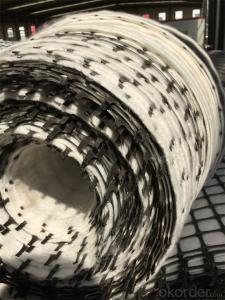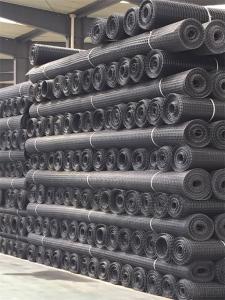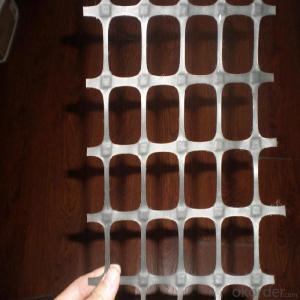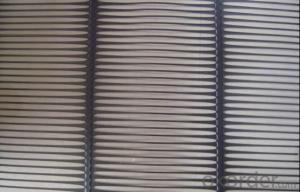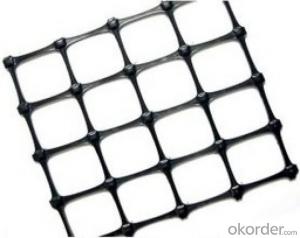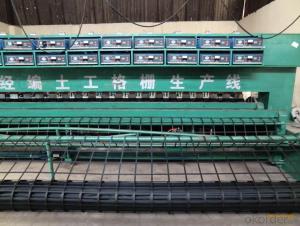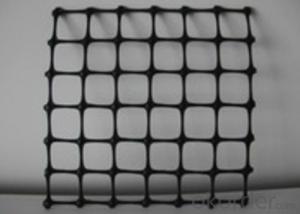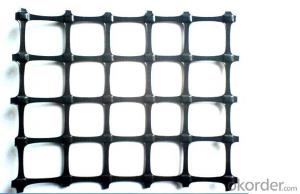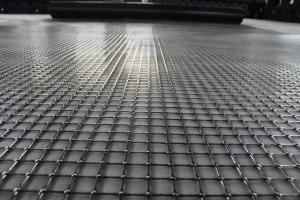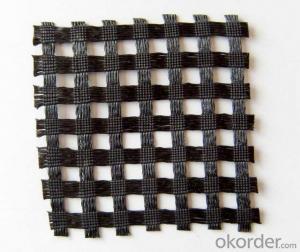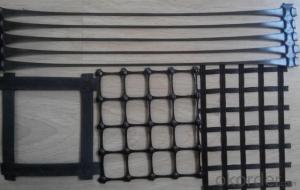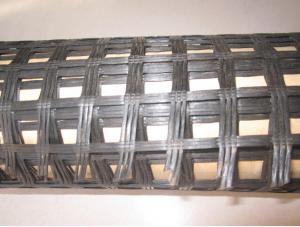Biaxial Geogrid with CE Certificate for Tree Protection Construction
- Loading Port:
- Shanghai
- Payment Terms:
- TT OR LC
- Min Order Qty:
- 85800 m²
- Supply Capability:
- 1000000 m²/month
OKorder Service Pledge
OKorder Financial Service
You Might Also Like
The Description of Biaxial Geogrid
Biaxial Geogrid is a kind of new favorable earthwork base material to strengthen the road surface and roadbed. This product is made by weaving and covering fiberglass filament. It is featured by high vertical and horizontal tensile strength, low unit extension, high flexibility, and favorable high and low temperature resistance. The products after surface covering own the favorable property of alkali resistance and aging resistance.
The details of Biaxial Geogrid
| Type: | Geogrid | Material: | Biaxial Geogrid | Place of Origin: | China (Mainland) |
| Certificates: | CE,ISO | Color : | White & Black | Width : | 1m--6m |
| Length | 50-200m | Mesh Size: | 10-40mm | Tensile Strength | 30KN-300KN |
| Area Weight | 130-900g/sm | Package | PP bags or PE film | Approximate mesh size | 12.7*12.7 25*25 40*40 |
Packaging & Delivery
| Packaging Details | PP bags or PE film. Or Packed as customers' requests; |
| Delivery Detail | 10-20days after see the payment. |
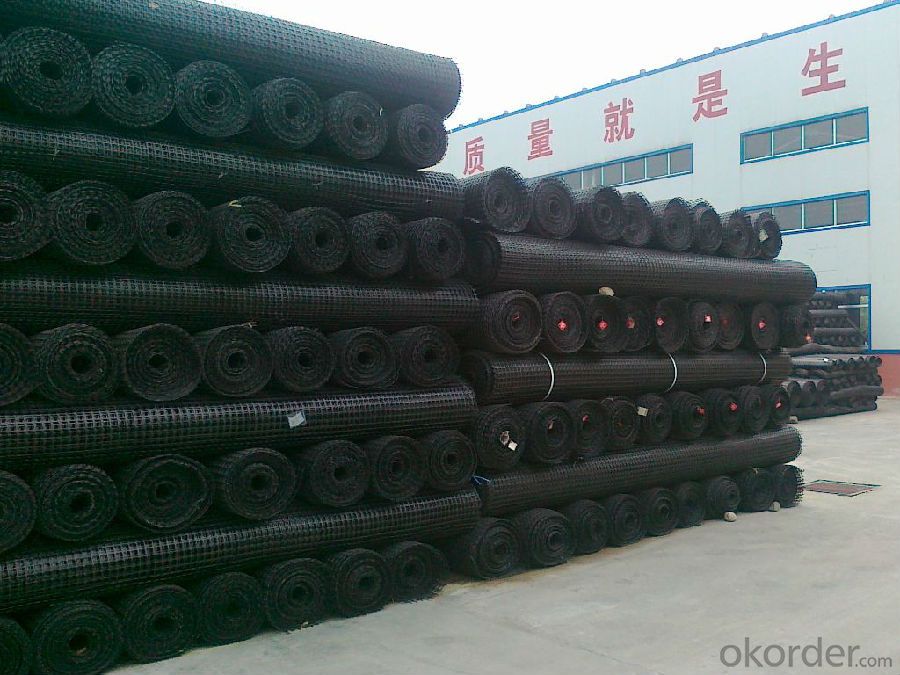
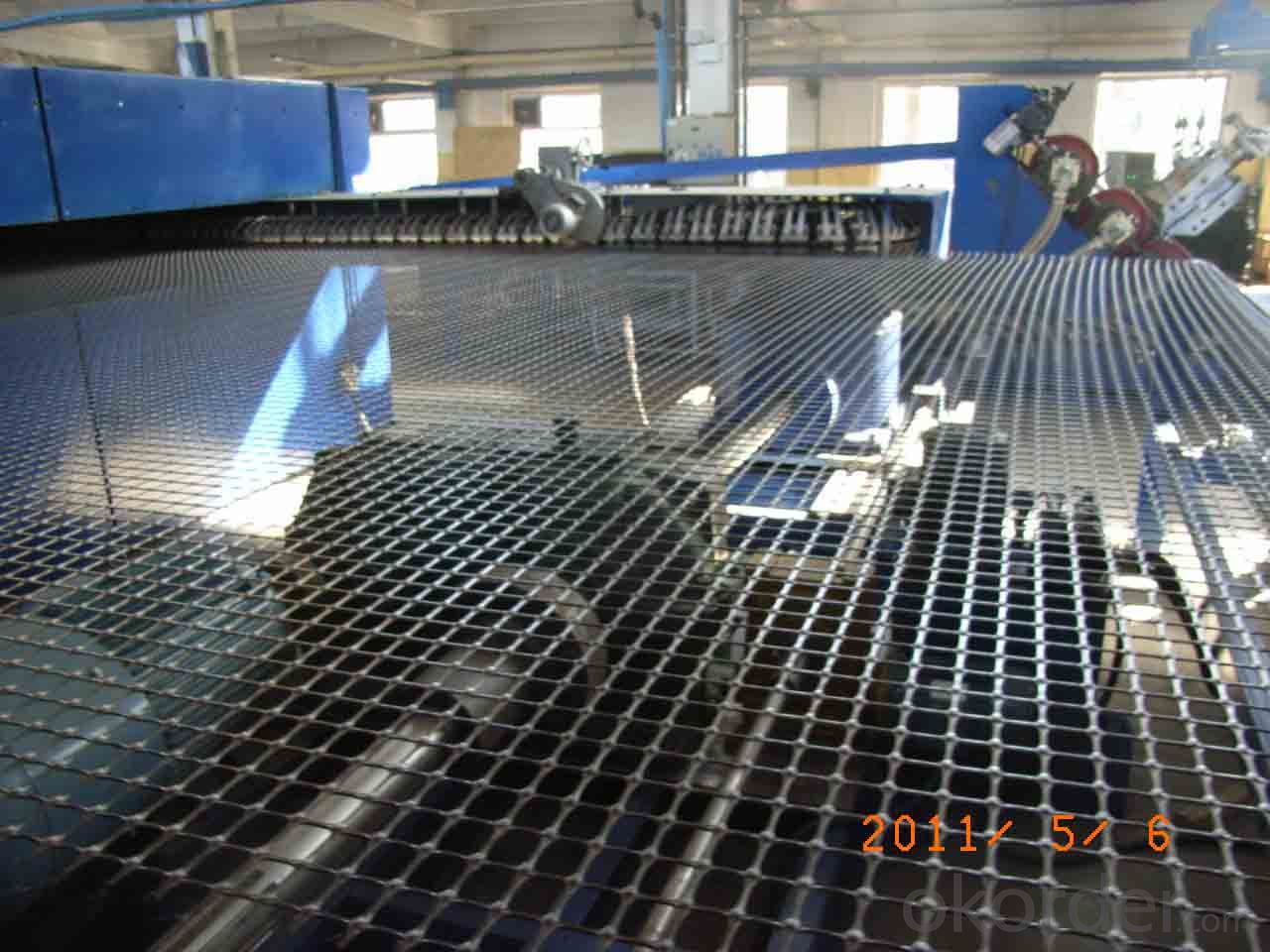
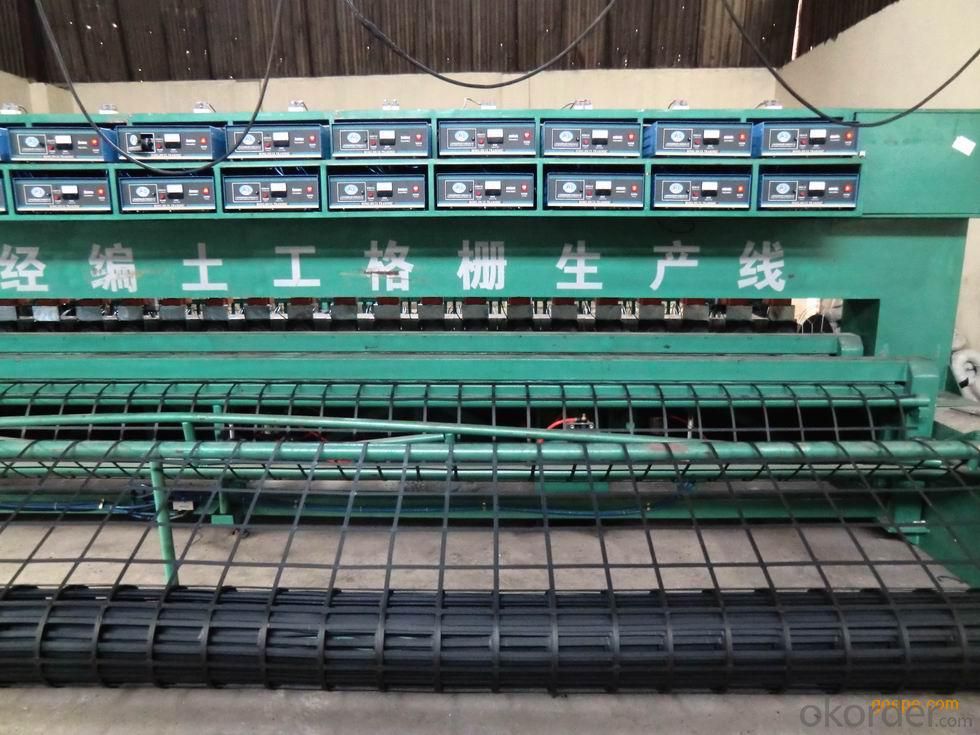
Remarks: we are very large fortune 500 enterprise with more than 20branches in worldwide, and have almost ten years export experience in geosynthetic field. We have kunlun bank account and have many Iran geosynthetics customers.So if any question or support, please just feel free to contact me at any time.
- Q: Geogrid manufacturers and the price is how much?
- Product Name: one way grille plastic geogrid one-way geogrid plastic geogrid HDPE polyethylene geogrid
- Q: How do geogrids help in reducing construction time?
- Geogrids help in reducing construction time by providing soil stabilization and reinforcement, which allows for faster and more efficient construction processes. They improve the load-bearing capacity of soils, minimize settlement and soil erosion, and enhance the overall stability of the construction site. This eliminates the need for extensive site preparation, such as excavation and compaction, and enables faster construction of foundations, roads, and other structures.
- Q: What is the typical length of a geogrid roll?
- The typical length of a geogrid roll can vary depending on the manufacturer and specific application. However, in general, geogrid rolls are commonly available in lengths ranging from 50 to 500 feet.
- Q: What are the factors that affect the long-term creep behavior of geogrids?
- The factors that affect the long-term creep behavior of geogrids include the type and quality of the geogrid material, the magnitude and duration of the applied load, the temperature and moisture conditions, the stiffness of the surrounding soil, and the installation and construction techniques.
- Q: Can geogrids be used in erosion control on riverbanks?
- Yes, geogrids can be used in erosion control on riverbanks. Geogrids are commonly used in such applications to stabilize the soil and prevent erosion by reinforcing the bank's structure and retaining the soil in place.
- Q: Are geogrids suitable for use in reinforced steep slopes?
- Yes, geogrids are suitable for use in reinforced steep slopes. Geogrids are engineered materials that provide soil stabilization and reinforcement, making them effective in preventing erosion and maintaining the stability of steep slopes. They enhance the integrity of the soil structure and distribute the load evenly, reducing the risk of slope failure. Geogrids have been extensively used in various applications, including reinforced steep slopes, due to their high tensile strength, durability, and ability to withstand extreme forces.
- Q: What are the design considerations for geogrid-reinforced pavements on soft soils?
- Some design considerations for geogrid-reinforced pavements on soft soils include the selection of appropriate geogrid material and configuration, determining the required stiffness modulus of the geogrid, considering the long-term performance and durability of the geogrid, analyzing the potential for geogrid creep and soil consolidation, evaluating the potential for geogrid installation damage or displacement during construction, and ensuring proper soil compaction and drainage to prevent soil consolidation and settlement.
- Q: Which kind of polypropylene geogrid belongs to the geogrid?,Geogrid is divided into four categories: plastic geogrid, steel plastic geogrid, fiberglass geogrid and fiberglass polyester geogridPlastic geogrid?
- The steel plastic geogrid is a composite of polyethylene and steel wire;Glass fiber geogrid, warp knitted polyester geogrid is woven glass fiber or polyester fiber woven geogrid, nor is it that you said the polypropylene soil
- Q: What are the different types of geogrids available?
- There are several types of geogrids available, including uniaxial geogrids, biaxial geogrids, and triaxial geogrids. Uniaxial geogrids primarily provide strength in one direction, typically used for soil stabilization and reinforcement. Biaxial geogrids offer strength in both directions, commonly used for soil stabilization, retaining walls, and road construction. Triaxial geogrids provide strength in all three directions, ideal for reinforcement in heavy-duty applications like railway tracks and airport runways.
- Q: How do geogrids help in reducing the risk of slope instability?
- Geogrids help in reducing the risk of slope instability by providing reinforcement and stability to the soil. They are placed within the soil layers and act as a strengthening element, increasing the soil's resistance to deformation and movement. This helps to distribute the forces exerted by gravity and other external factors more evenly, leading to improved slope stability and reduced risk of slope failure.
Send your message to us
Biaxial Geogrid with CE Certificate for Tree Protection Construction
- Loading Port:
- Shanghai
- Payment Terms:
- TT OR LC
- Min Order Qty:
- 85800 m²
- Supply Capability:
- 1000000 m²/month
OKorder Service Pledge
OKorder Financial Service
Similar products
Hot products
Hot Searches
Related keywords
